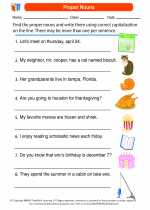Linking Verbs
Linking verbs are a type of verb that connects the subject of a sentence to a subject complement, which can be a noun, pronoun, or adjective. Unlike action verbs, linking verbs do not show action; instead, they express a state of being or a condition.
Examples of Linking Verbs
Common linking verbs include: am, is, are, was, were, be, being, been, become, feel, seem, appear, look, sound, taste, smell, remain, grow, turn, prove, and stay.
Identifying Linking Verbs
To identify a linking verb in a sentence, replace the verb with a form of "to be" (am, is, are, was, were) and see if the sentence still makes sense. If it does, the verb is likely a linking verb.
Study Guide
- What is a linking verb?
- Can you give examples of linking verbs?
- How do you identify a linking verb in a sentence?
- What is the purpose of a linking verb in a sentence?
Understanding linking verbs is important for students to grasp the concept of subject-verb agreement and sentence structure. By recognizing and using linking verbs correctly, students can improve their writing and communication skills.
[Linking Verbs] Related Worksheets and Study Guides:
.◂English Language Arts Worksheets and Study Guides Second Grade. Proper Nouns
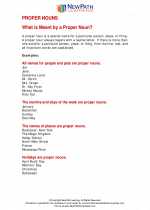
 Activity Lesson
Activity Lesson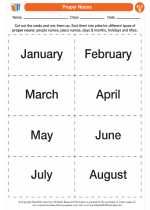
 Worksheet/Answer key
Worksheet/Answer key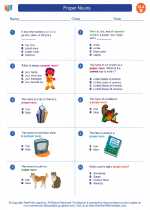
 Worksheet/Answer key
Worksheet/Answer key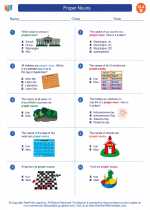
 Worksheet/Answer key
Worksheet/Answer key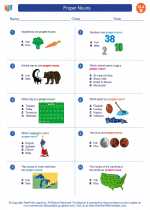
 Worksheet/Answer key
Worksheet/Answer key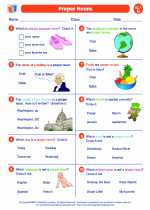
 Worksheet/Answer key
Worksheet/Answer key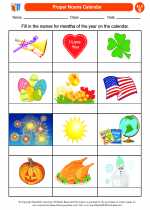
 Worksheet/Answer key
Worksheet/Answer key
 Worksheet/Answer key
Worksheet/Answer key